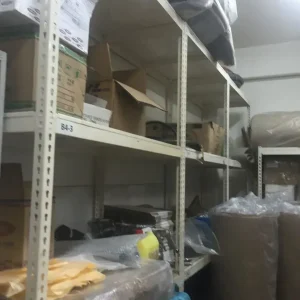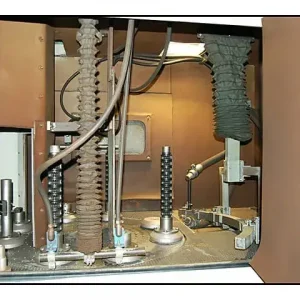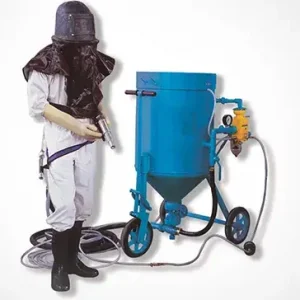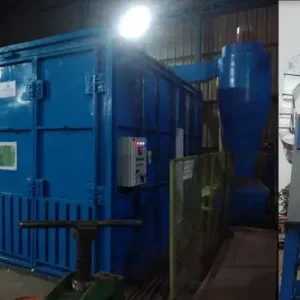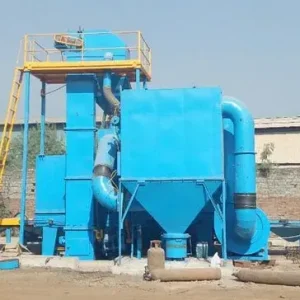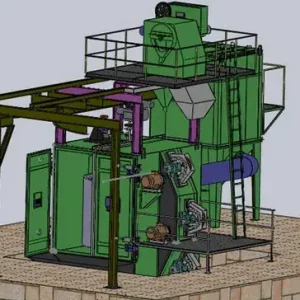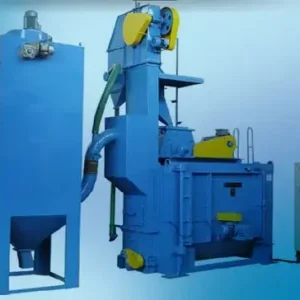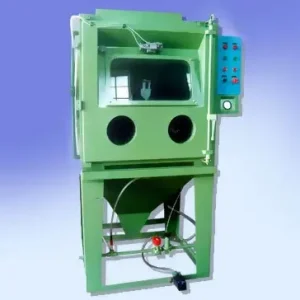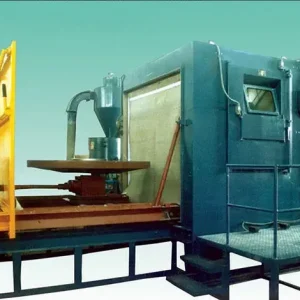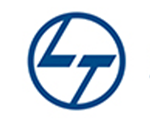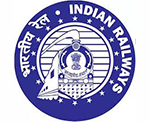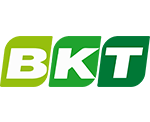Safety is the backbone of every efficient blast room operation. While sand blasting and surface preparation are highly effective cleaning methods, they also involve potential risks such as dust exposure, high-pressure abrasives, noise, and confined space hazards. That’s why every operator and facility must follow strict safety practices to protect workers, equipment, and the environment.
At Aerowheel Surface Finishing, we believe that a safe blast room is a productive blast room. In this blog, we’ll discuss the best practices for ensuring maximum safety during blasting operations.
1. Use the Right Personal Protective Equipment (PPE)
Every operator inside a blast room must be properly equipped before starting the blasting process.
Essential PPE includes:
- Blast helmet with built-in air supply for clean, breathable air.
- Protective suit and gloves made from abrasion-resistant materials.
- Safety boots with steel toes and anti-slip soles.
- Ear protection to reduce exposure to high noise levels.
- Respiratory protection for backup safety against fine dust particles.
Proper PPE ensures that operators are shielded from abrasive rebounds, dust inhalation, and high-pressure hazards.
2. Maintain Proper Ventilation and Airflow
Efficient airflow and ventilation design play a major role in maintaining a safe environment.
- Ensure your dust collector and ventilation system are functioning properly.
- Keep air velocity between 0.5 to 0.8 m/s to maintain clear visibility.
- Regularly clean and replace filters to prevent dust buildup.
Good airflow prevents the accumulation of harmful particles and keeps the blast room clean and breathable.
3. Regular Equipment Inspection
Before starting any blasting operation, perform a quick safety inspection:
- Check nozzles, hoses, and couplings for wear or cracks.
- Ensure blast cabinets, recovery systems, and dust collectors are in good condition.
- Inspect all safety interlocks and emergency stop buttons.
- Replace worn parts immediately to avoid accidents.
Routine inspections can help prevent breakdowns and ensure smooth, uninterrupted operations.
4. Proper Training and Supervision
Operators should be properly trained in handling equipment, understanding air pressure limits, and following safety guidelines.
- Conduct regular safety drills and workshops.
- Ensure new employees work under supervision until they are fully skilled.
- Display clear signage and operating instructions inside and around the blast room.
Trained operators are less likely to make errors that could result in injury or equipment damage.
5. Maintain Cleanliness and Order
A cluttered blast room is a safety risk. Always:
- Keep hoses neatly coiled and away from the operator’s walking path.
- Clean the blast room after every shift to remove spent abrasive.
- Avoid storing unnecessary tools or materials inside the room.
Clean surroundings help reduce tripping hazards and maintain a professional, organized workspace.
6. Monitor Air Quality and Noise Levels
High dust levels and noise exposure are serious occupational hazards in blast rooms.
How Paint Booths Ensure Dust-Free, Smooth Finishing
Affordable Sand Blasting Machines by Trusted Manufacturers
Taming the Blast: Demystifying Shot Blasting for the Uninitiated
- Install air quality monitors to measure dust and oxygen levels.
- Use acoustic panels or sound barriers to reduce noise levels.
- Limit exposure time and rotate operators to prevent fatigue and hearing loss.
Consistent monitoring ensures compliance with industrial safety standards and keeps workers healthy.
7. Follow Emergency and Shutdown Procedures
Every blast room should have a clearly defined emergency protocol:
- Emergency stop buttons should be easily accessible.
- Operators should know how to shut down air supply and power immediately in case of malfunction.
- Keep fire extinguishers and first aid kits near the blast area.
Being prepared for emergencies can prevent minor issues from turning into serious accidents.
8. Comply with Industrial Safety Standards
Adhering to safety standards such as:
- OSHA (Occupational Safety and Health Administration) guidelines.
- Indian Standard IS 7603 for blasting safety.
- Environmental and air quality norms for dust emissions.
These standards ensure that your operations meet legal requirements and maintain a safe work culture.
9. Regular Maintenance of Dust Collection and Recovery Systems
A clean recovery system not only improves efficiency but also prevents abrasive leaks and dust hazards.
Schedule maintenance for:
- Dust filters
- Suction ducts
- Cyclone separators
- Abrasive recycling units
Proper maintenance ensures longer equipment life and safer operations.
Conclusion
Safety in blast rooms isn’t just about compliance — it’s about protecting lives, ensuring efficiency, and maintaining long-term productivity. From using the right PPE and maintaining airflow to regular inspections and operator training, every step contributes to a safer blasting environment.
At Aerowheel Surface Finishing, we design and manufacture blast rooms with advanced safety features, including superior ventilation, reliable dust collection systems, and ergonomic operator controls. Our goal is to help industries achieve maximum performance with zero compromise on safety.








